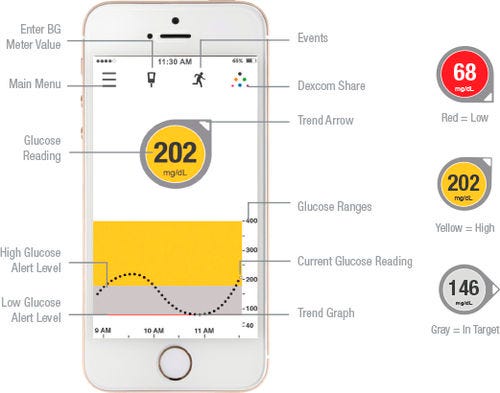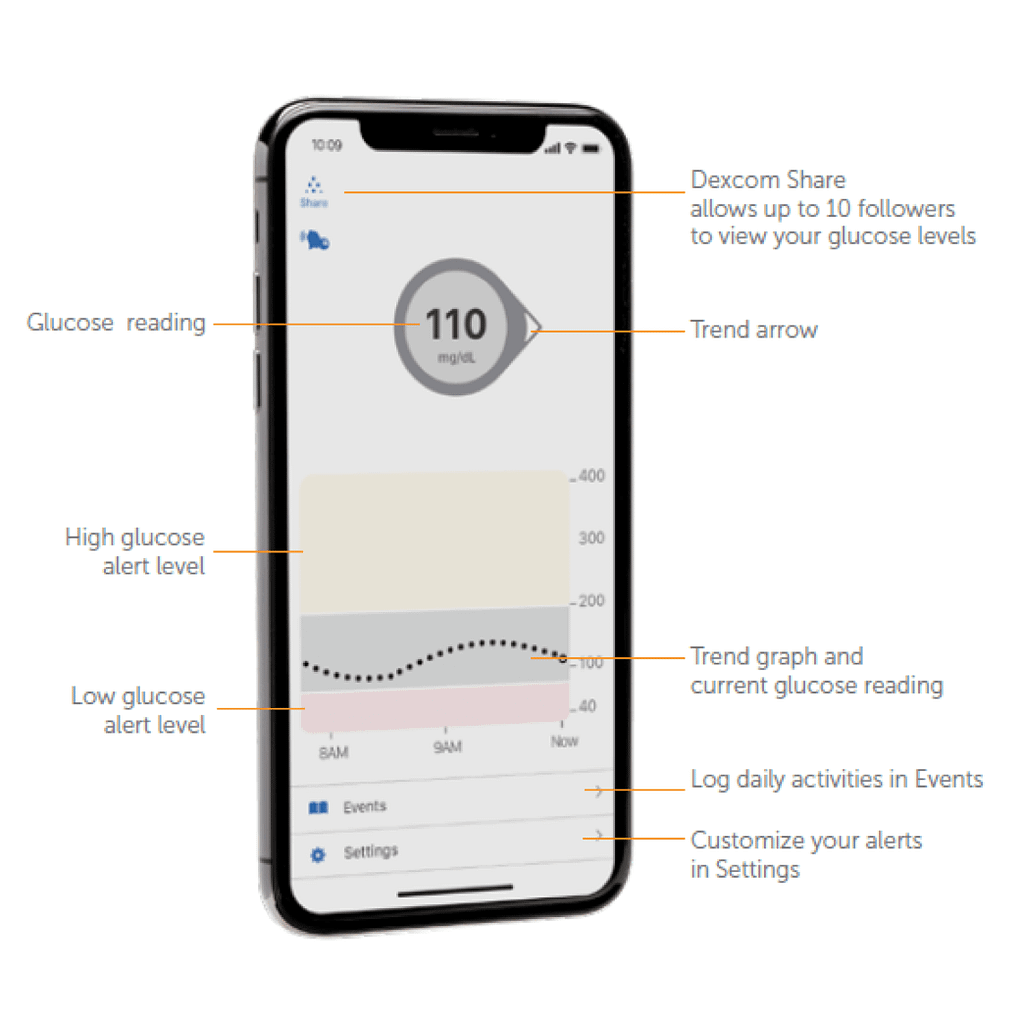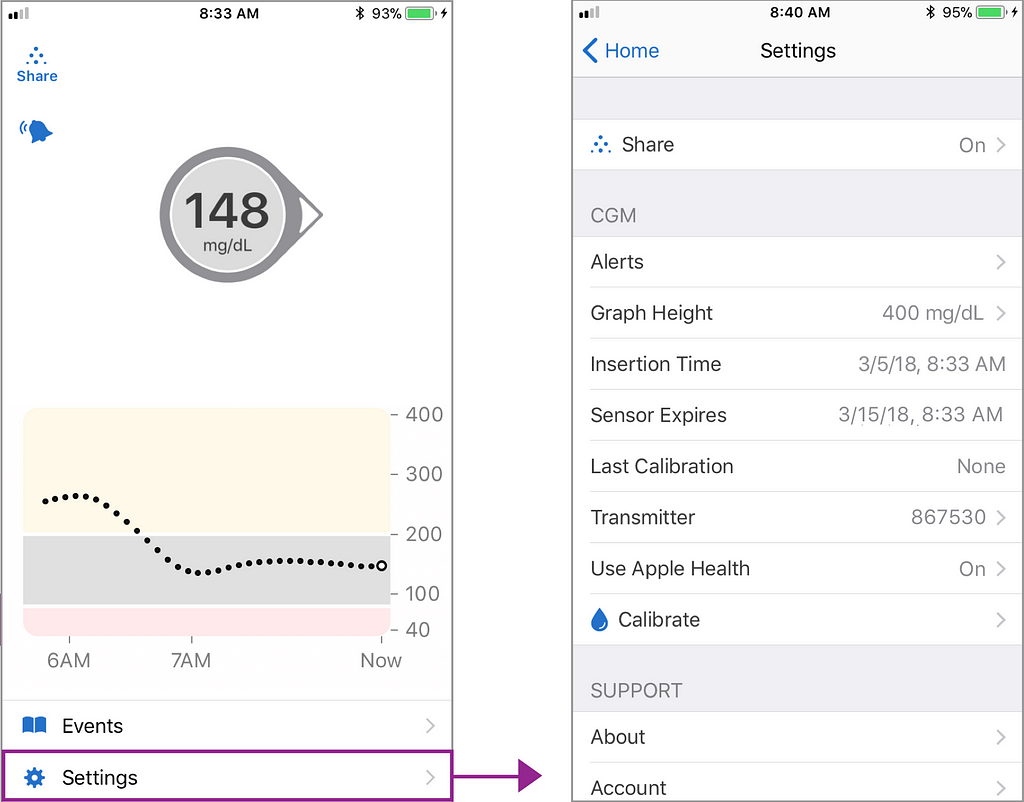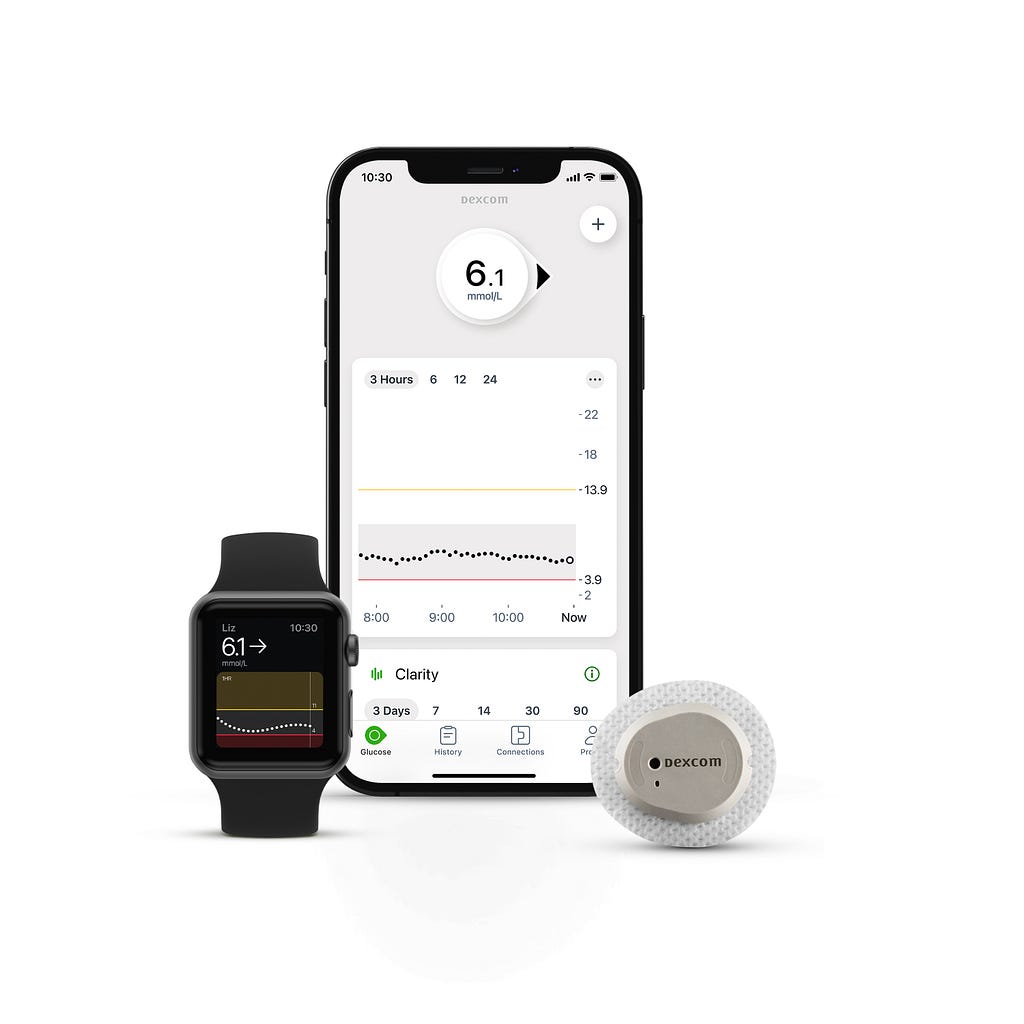Interested in learning what’s next for the gaming industry? Join gaming executives to discuss emerging parts of the industry this October at GamesBeat Summit Next. Register today.
The emergence of the metaverse will be big business for virtually every company across a broad range of industries. Bloomberg’s estimates place the potential market value at $800 billion by 2024, and in October 2021 Facebook rebranded to Meta in preparation for the brand new digital landscape.
The metaverse has been heralded by many as a brand new frontier for immersive technology that combines the likes of artificial intelligence, interactive video graphics, and both virtual and augmented reality.
For many businesses, however, the key technology that appears set to grow alongside the metaverse is big data. Today, it’s possible for companies to learn actionable insights surrounding swathes of customers as they browse online, but in the age of the metaverse, the sheer volume of data that individuals will produce will vastly multiply.
Although many businesses are waiting to see how the metaverse unravels, it’s certainly worth anticipating how the new era of technology can improve their processes, marketing efforts, and customer experience models.
Partnering AI and big data
As data shows, AI can partner with big data to deliver a range of enhancements through user experience models and product discovery.
We can already see early evidence of big data at work in the form of digital twins, which lean on computer programming to build true-to-life simulations regarding product performance without the need for building costly prototypes. This is a particularly dominant practice in the world of aviation due to the expenses associated with aerospace flight simulations.
In the world of the metaverse, the volume of data that individuals will produce as they navigate the Web3 landscape will aid digital twin simulations to shape exactly how audiences will respond to new services or applications: delivering detailed predictions regarding engagement levels, anticipated pain points, and likelihood of repeat use.
“The metaverse is part of the next iteration of the Internet, which some call Web3, and it promises to upend everything we know,” said Maxim Manturov, head of investment advice at Freedom Finance Europe. “Over the next few years, we will probably all be working, playing, communicating and investing in this overarching ecosystem. The early days of the Internet, known as Web 1.0, were characterized by static one-way web pages. Remember Netscape and Yahoo? Users were no more than passive observers. Then came Web 2.0, the period we are currently in. Controlled by a small number of companies like Facebook and YouTube, today’s internet is highly centralized, even though users play the role of active participants. This brings us to Web3, which will open up a whole new level of experience.”
Considering the all-encompassing changes that metaverse technology is likely to bring to all businesses with an online presence, let’s take a closer look at at how big data can optimize company operations over the coming years.
Big data can transform business intelligence
As the metaverse grows, businesses will be capable of using cloud data to collect and analyze swathes of data from both in-house and third-party sources within platforms to gain rich, actionable insights into audiences and their collective interests and intents.
Such sources of data could be structured, semi-structured, or wholly unstructured, with available platforms and algorithms working to interpret the swathes of information whilst forecasting future outcomes with strong levels of accuracy.
While the metaverse will be a revolutionary development for everyone, businesses are learning how to anticipate the new wave of big data that the new frontier will generate through virtual and augmented channels. And it’s likely that more intricate algorithms will already be in place by the time the metaverse reaches mainstream adoption.
In survey results, we can see that big data is currently used for a wide variety of insights by organizations around the world. As individuals ditch their keyboards for virtual avatars in an immersive virtual environment, we’re likely to see far greater volumes of dependence on big data analysis in building predictive models and decision-making activities.
We’ll also see big data become more prevalent across a range of industries in the wake of the metaverse. One such example will be within the trade industry, whereby brands and online stores will be capable of building a digital presence in new digital marketplaces in which customers can interact with stores as if they were walking through a virtual high street.
Adopting gamification
In a metaverse store, every time a customer engages with a virtual product, they can generate large swathes of data surrounding their intent and interests. This is to the point where businesses may be capable of building a vast customer profile based simply on where the interactions are coming from.
It will also be possible to identify user sentiment based on how they interact with your company. As entertainment will be key in a future built on Web3, it’s likely that businesses will look to gamification solutions to retain visitors for longer and to better understand their interests.
Data suggests that 72% of metaverse users in 2021 participated in entertainment or gaming solutions online, while 44% acquired in-game material including skins and downloadable content. Once again, businesses can optimize this information to gain rich insights into how their audience behaves, what they like, what causes them to navigate away, and what would be most likely to keep them engaged longer.
Furthermore, it will be possible to use other information, such as a customer’s choice of cryptocurrency to make payments, to better understand their attitudes and values. This kind of data can also help to identify emerging micro and macro trends towards certain coins, decentralized finance protocols, and tokenization practices to embrace.
We’ve already seen Facebook move quickly in transforming itself into Meta in preparation for the metaverse. It’s certain that the newly rebranded Meta has already tapped into Facebook’s vast reserves of big data to identify how to best approach the task of building into the new frontier.
In this regard, Meta is already a master when it comes to acting on swathes of big data, and companies can benefit from observing the social media giant’s early steps into the world of the metaverse.
Along with user identities, metadata surrounding Facebook’s marketing capabilities will be transferred into metadata to make Meta a leading marketing portal as the early metaverse begins to take shape. Such data can be used to great effect in delivering extremely powerful targeted campaigns for businesses in the future.
Despite Meta’s early big data dominance, Sandbox could also be utilized in a way to deliver actionable data surrounding its early popularity. Sandbox has more than 500,000 users, many of whom have their own in-world assets and games. Should a business look to process the vast data available on such a platform, its marketing campaigns could reach their intended audience with unprecedented accuracy.
For now, the metaverse is still very much in its fledgling stages. While many businesses are waiting longer to see how the dust on this new frontier will settle, it can be beneficial to put the feelers out to see how big data can impact the business operations of tomorrow.
The next generation of the internet represents a fresh chance to outmaneuver competitors. By moving earlier and faster, the businesses that embrace the metaverse now are likely to win over their target audience with far greater efficiency in this brave new world.
Dmytro Spilka is the head wizard at Solvid.
GamesBeat’s creed when covering the game industry is “where passion meets business.” What does this mean? We want to tell you how the news matters to you — not just as a decision-maker at a game studio, but also as a fan of games. Whether you read our articles, listen to our podcasts, or watch our videos, GamesBeat will help you learn about the industry and enjoy engaging with it. Learn more about membership.
from VentureBeat https://venturebeat.com/2022/07/30/how-big-data-could-form-the-cornerstone-of-the-metaverse/





